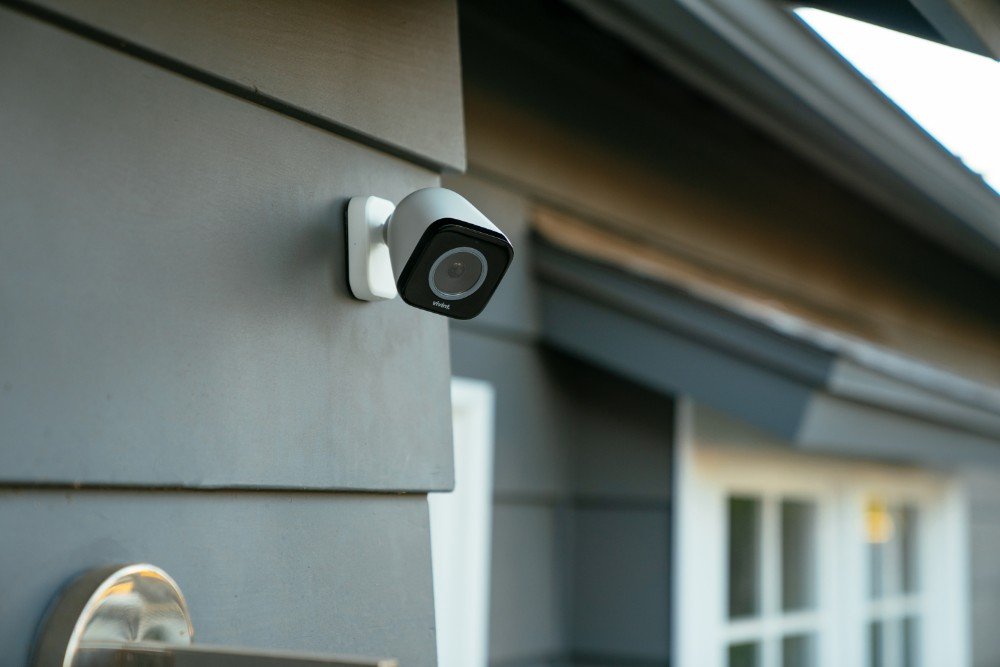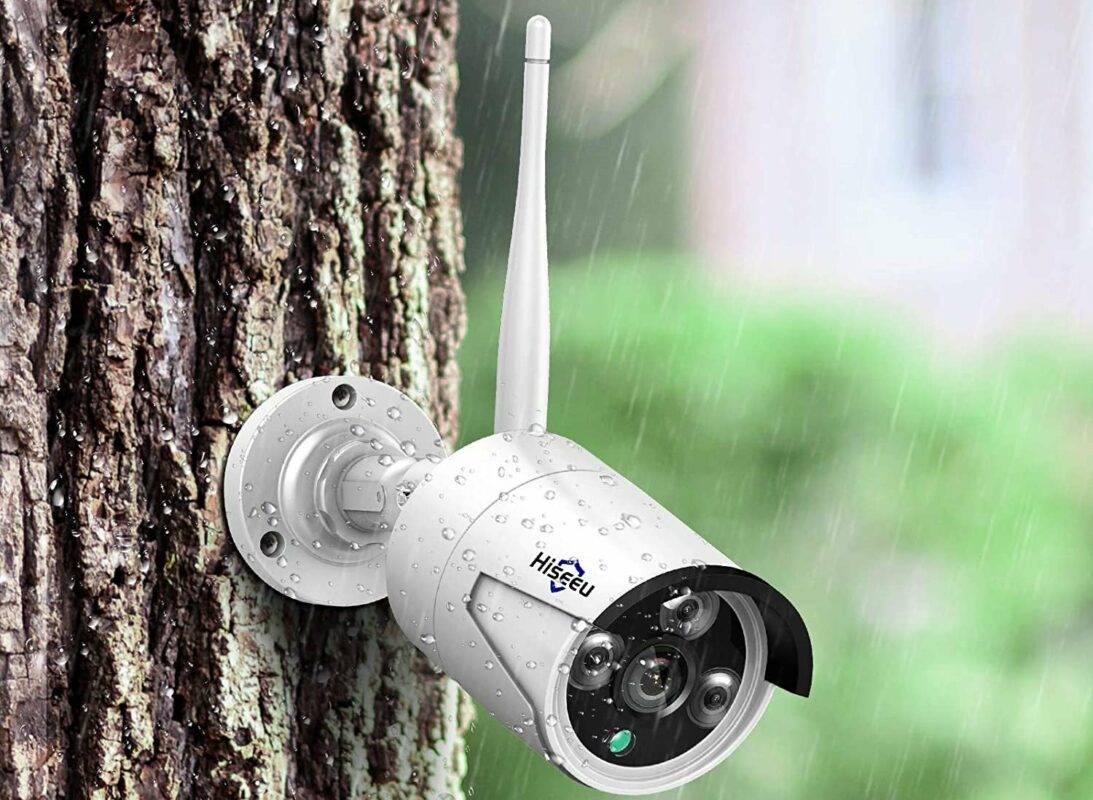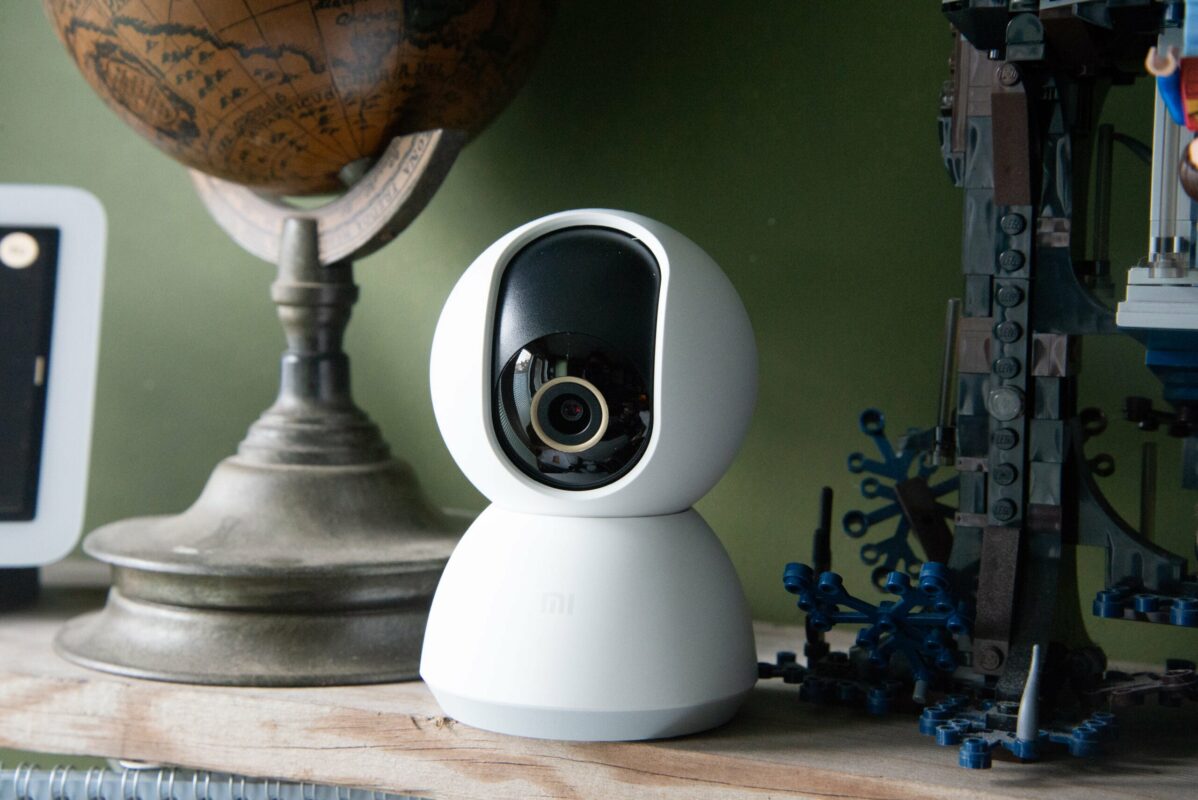Advantages and disadvantages HD camera.
The cameras have their roots in the motion picture industry of the 1880s, but closed-circuit television (CCTV) cameras were not used for surveillance until the middle of World War II when the Germans used them to monitor the launch of the V2 rockets.
This technology will be commercialized soon after and will be widely used by governments, banks, and retail businesses. But the choice of cameras was limited. For years it was analog or not, as the first Internet Protocol (IP) camera didn’t appear until the mid-1990s.
In just a few decades, the options for powerful surveillance cameras seem endless. In addition, parity between analog, IP, and HD on coaxial cameras has made leaps and bounds. I probably have 25 consultations a day with clients struggling with which cameras to use for their CCTV system. This is good because it means customers have a lot of strong options, but it can be confusing. So how do you know which cameras are best suited for deploying your CCTV system? There are pros and cons to each, and the answer largely depends on your needs. Let’s take a closer look…
Analog cameras
Analog cameras capture video and transfer it directly to a digital video recorder (DVR) via coaxial cable.
For
Easy Cloud Migration Solution – The vast majority of existing installations today are analog. To sync a new system to the cloud, simply install a Bridge or Cloud Managed Video Recorder (CMVR) and plug it in. You keep a majority of cameras and cables and only replace one device. For the reseller, it’s an instant, recurring monthly income, and for the end user, it preserves the existing investment and therefore saves money.
All the Benefits of the Cloud – Once your analog camera is connected to the cloud, you get all the high-end, enterprise-grade features that are basically built into the product at a very affordable price, including centralization, redundancy, availability, etc.
Support for long cable distances – Analog is ideal for the long cable distances needed in areas such as parking lots, schools, and campus-type businesses. Most or all of these elements can be preserved when you migrate to the cloud.
Maximum Uncompressed Frame Rate – Analog inherently operates at the maximum uncompressed frame rate, ensuring truly smooth video. This is particularly useful in environments such as casinos, where everything has to be reviewed on a case-by-case basis to capture the fast-paced action.
Versus
Resolution limits – There is a theoretical maximum resolution for analog cameras, which is only a fraction of the current capabilities of IP cameras. For comparison, some IP cameras can have up to 32 times the resolution.
The industry is losing seasoned technicians who know how to diagnose and repair analog cameras. New technicians are more network savvy, but may not have experience servicing and maintaining existing analog cameras.
IP cameras
Commonly used for surveillance, an IP camera is a digital video camera that receives monitoring data and sends image data over an IP network. The IP camera revolution started in the 2000s, but back then they were significantly more expensive and therefore cost prohibitive for many businesses. Today, you can still get high-end, very expensive IP cameras with bells and whistles, but you can also find plenty of options for the same price as the analog cameras of yesteryear.
For
Resolution – Modern IP cameras have excellent image quality and resolution. And because the amount of pixels on target is much better, you have the ability to more easily collect forensic details, such as people’s faces, license plate numbers, and more.
Specialty Cameras – IP cameras offer the best range of applications on the market. IP cameras can be multi-frame, fisheye, thermal, bullet, dome, and more.
Versus
Techs need to learn to network – There’s a whole generation of techs out there whose core skill is analog. Suddenly, their abilities are challenged and they have to learn to network. It is particularly difficult for some of the giants who employed thousands of technicians.
You lose some of the low latency experience – One aspect of networking is that data flows in all directions as devices communicate. There is a limit to how quickly this data can be tiered and transferred, which creates latency. With IP, you can expect one to two seconds of latency. This is completely acceptable; however, analog is basically instantaneous. And latency is exacerbated by remote viewing.
Dedicated network recommended – Video data is the densest form of data that will travel over a network and can wreak havoc on an existing network, taking it over so that no other data can flow through it. It is recommended to create a dedicated network for the IP camera, so as not to interfere with existing networks that are used for commercial purposes. This has an associated inherent cost in the form of additional hardware.
Some IP cameras are very expensive – You could spend upwards of $45,000 for a specialized IP camera with features like thermal, night vision, positioning systems, etc.
HD on coaxial cameras
HD over coaxial cameras deliver uncompressed (or very slightly compressed) video data in real-time, directly from the camera to the recorder. 2014 was the pivot point where HD over Coax started to become a thing because suddenly you could push megapixel resolution images through Coax, where before you had a limit.
For
You can preserve your Coax infrastructure – With HD over Coax, you don’t have to rip and replace the existing cable, which can be very expensive… even more so than starting from scratch. Simply replace the camera and recording devices at each end of the cable for a whole new system.
You get the best of both worlds: HD over Coax gives you high-resolution video and exceptional image quality at a great price.
Makes installers very competitive – Price is king, and this approach is much less expensive for the end user.
Versus
A limited number of camera types – With HD over Coax, you don’t have the range of products, such as dome cameras, bullet cameras, and other popular form factor cameras, that you have with IP.
Cable Issues – Must have copper core wiring. HD over Coax will not work with copper coating. And, it takes tribal knowledge to know which ones you have. The technician must know to go to the cable, cut the connector, and check the type of cable.













